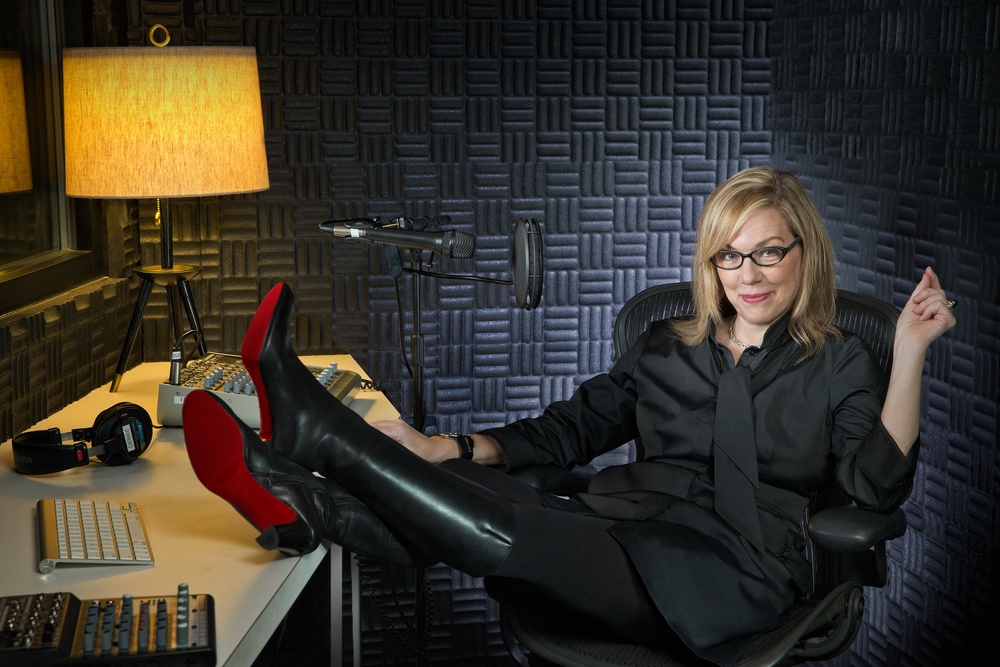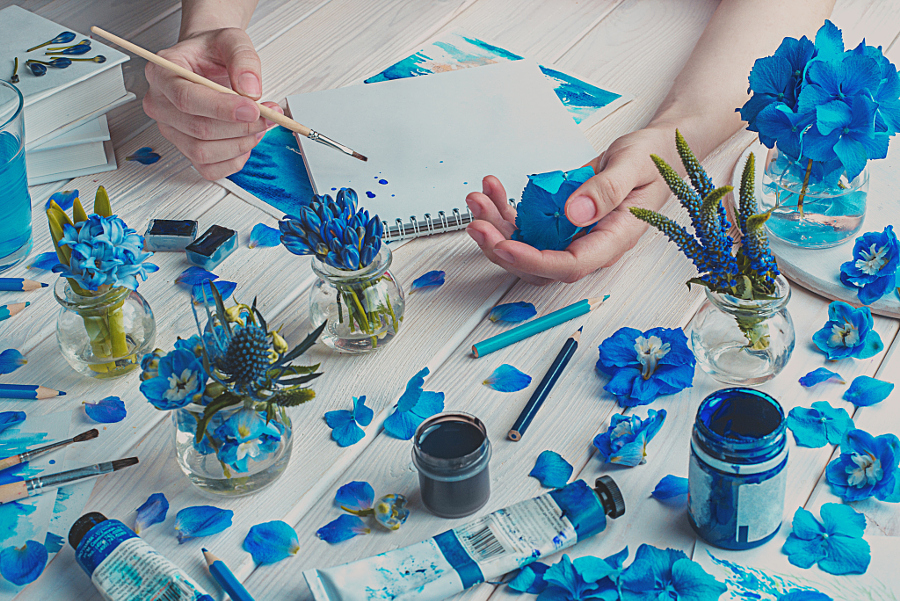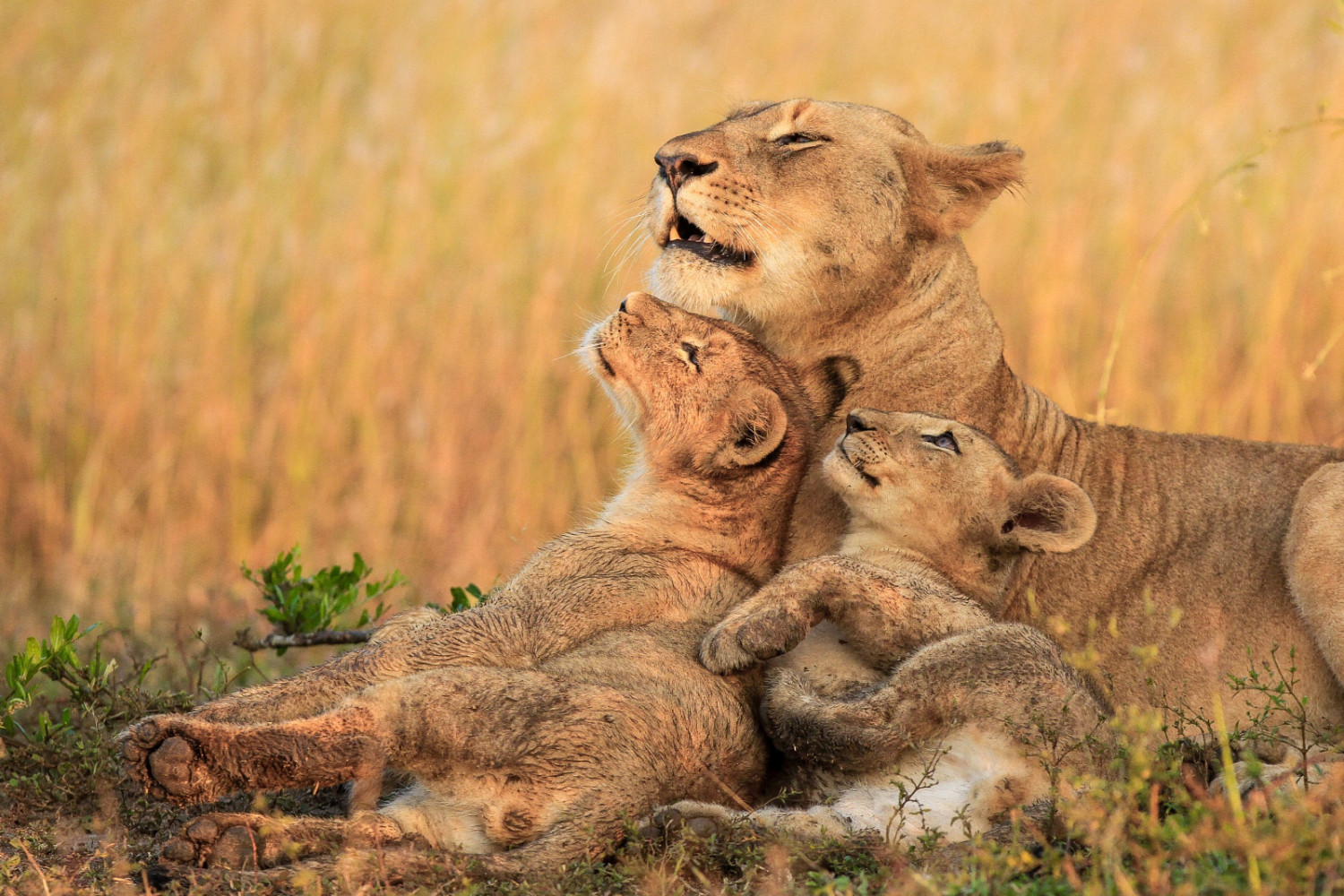Time for another edition of Take 5 with 500px, a new interview series with the world’s top design influencers, where they share their career stories, personal influences, and thoughts on the world of creativity and design.
This week, we’re sitting down with Debbie Millman — author, educator, brand strategist, and CMO of Sterling Brands. Hailed as “one of the most influential designers working today” by Graphic Design USA, Debbie also hosts the Design Matters podcast, where she has interviewed personalities like Milton Glaser, Malcolm Gladwell, Barbara Kruger, Seth Godin, and more. As the CMO of Sterling Brands, she has worked with over 200 of the world’s largest brands, from Burger King to Star Wars. On top of it all, she is also the President Emeritus of AIGA and the Editorial and Creative Director of Print Magazine.

Scroll down to learn more about her. Plus, get her thoughts on design, storytelling, and some industry insights!
You’re known as a writer, educator, artist, brand consultant, and host of the radio show Design Matters. Does one of those roles resonate with you more strongly right now, at this point in your career?
This is an interesting question, and it comes at a defining moment for me. I have recently made a big shift with the kind of interviews I am conducting on Design Matters.
When I first started the show, I primarily focused on interviewing designers, but after several hundred interviews, I have come to realize that I am endlessly fascinated by how all creative people design their lives. I am intrigued by the way people create the arc of their lives and what makes them who they are.
So this year, I have broadened my guests to include musicians, writers, artists, chefs, architects, ceramists, and more. As far as I am concerned, Design Matters has become a whole new type of show with an entirely different—and exciting—trajectory.
You started your career in print magazines, doing paste-ups, and layout. This hands-on tactile sense of design is reflected in your lettering and illustration work. How has transformation to digital impacted your personal art projects?
It really hasn’t! I still do most of my work by hand. I am happiest working with my hands, and have been for as long as I can remember.
From the time I was very little I loved to make things.
I made my own coloring books, I made my own paper dolls, I made dioramas, and I even tried to make my own perfume by crushing rose petals into baby oil. I made barrette boxes out of Popsicle sticks, key chains out of lanyards, ashtrays out of clay and Halloween costumes out of construction paper and old sheets.
I grew up in a household with a strong “do it yourself” mentality and a mom that made a living as a painter and a seamstress, so I received a lot of acclaim from my family for my artistic inclinations. I also found that making things by hand gave me a strong sense of accomplishment and pride. I feel creating work with my hands creates a deeper sense of intimacy with what I am doing, and for my personal projects this is the tonality I want the work to have.
You also make time to host a radio show about design. Given that you can’t show your audience a reference piece, how has that made you think differently about storytelling?
Visual storytelling—the art of using language and images to convey a narrative account of real or imagined events—is something that fascinates me.
Historically, humans have used this sharing of experience to pass on knowledge, beliefs, values, secrets and information. Through stories we explain how things are, why they are, and our role and purpose. Stories are the building blocks of knowledge and the foundation of memory and learning.
My show isn’t really about a body of work or an individual piece of design, it is about the thoughts and philosophies and conflicts and obstacles and overall trajectory of a person’s life and work and ideas.
As president of the design group for Sterling Brands, you are working with clients brand strategy, innovation, and brand design. What advice to you give them about strengthening their visual identities?
I think that logos and identity are not just about design anymore. There isn’t a “mass market” in which to target a product or a company anymore; there is no one demographic picture of the planet. Cultural anthropologist Grant McCracken has discussed how while lifestyle typologies expanded to first 3, then 6, then 9 and then 12 typologies, there is now too much variation. We have reached categorical exhaustion.
As a result, I have come to believe that the term “designing logos” or “creating identities” ultimately undermines the job we do as consultants, marketers, designers and strategists.
What we really do is holistically balance four distinct but related disciplines: cultural anthropology, behavioral psychology, commerce and creativity and express this visually.
The balance includes cultural anthropology because what we do in our culture—whether it is an obsession with social networks or politics or the cult of celebrity, these all have a major impact on the way we understand and interpret the world and our place in it. It includes psychology because if we don’t fundamentally understand the brain circuitry of our audience and really know what they are thinking—(and why they are thinking it!)—we will not be able to solicit imagination. It includes commerce because understanding the marketplace and the messaging impacts and influences perception. And of course, it includes creativity because if we don’t create an engaging identity, then consumers won’t even see it.
You’ve been working in graphic design for over 30 years. You’ve seen a lot of changes in the industry. What design trends are you most excited about right now?
I am excited by technology, and the speed of innovation. But there is a downside to this magic. An unfortunate ramification of modern-day technology is that we expect things to happen at light speed.
We live in what I now call a “140 character culture.”
We’ve gone from writing letters to making phone calls, to sending faxes and emails, to typing out one line about this vast experience we call life. We can download whatever we want pretty much immediately, and we get frustrated if the Wi-Fi connection is slow.
Our culture is characterized by instantaneous global conversations, immediate poll results and 15-minute viral sensations online. Having been conditioned to immediacy, we now want instant gratification of our hopes and dreams. Yet accomplishment and mastery—in business, art, and everything else—take time and reflection. You can’t become a great manager without first leading small groups, learning how to inspire different personalities, and making a newbie’s mistakes. A master filmmaker takes years to learn all the elements of good moviemaking: the way that acting, writing, lighting, cinematography, editing, and sound combine to capture a compelling story. A chef needs extensive training in world cuisines, ingredients, and cooking methods to make that perfect dish. And a writer needs to learn about life AND master the art and skill of actually writing. The only “formula” for success is time and hard work.









Leave a reply